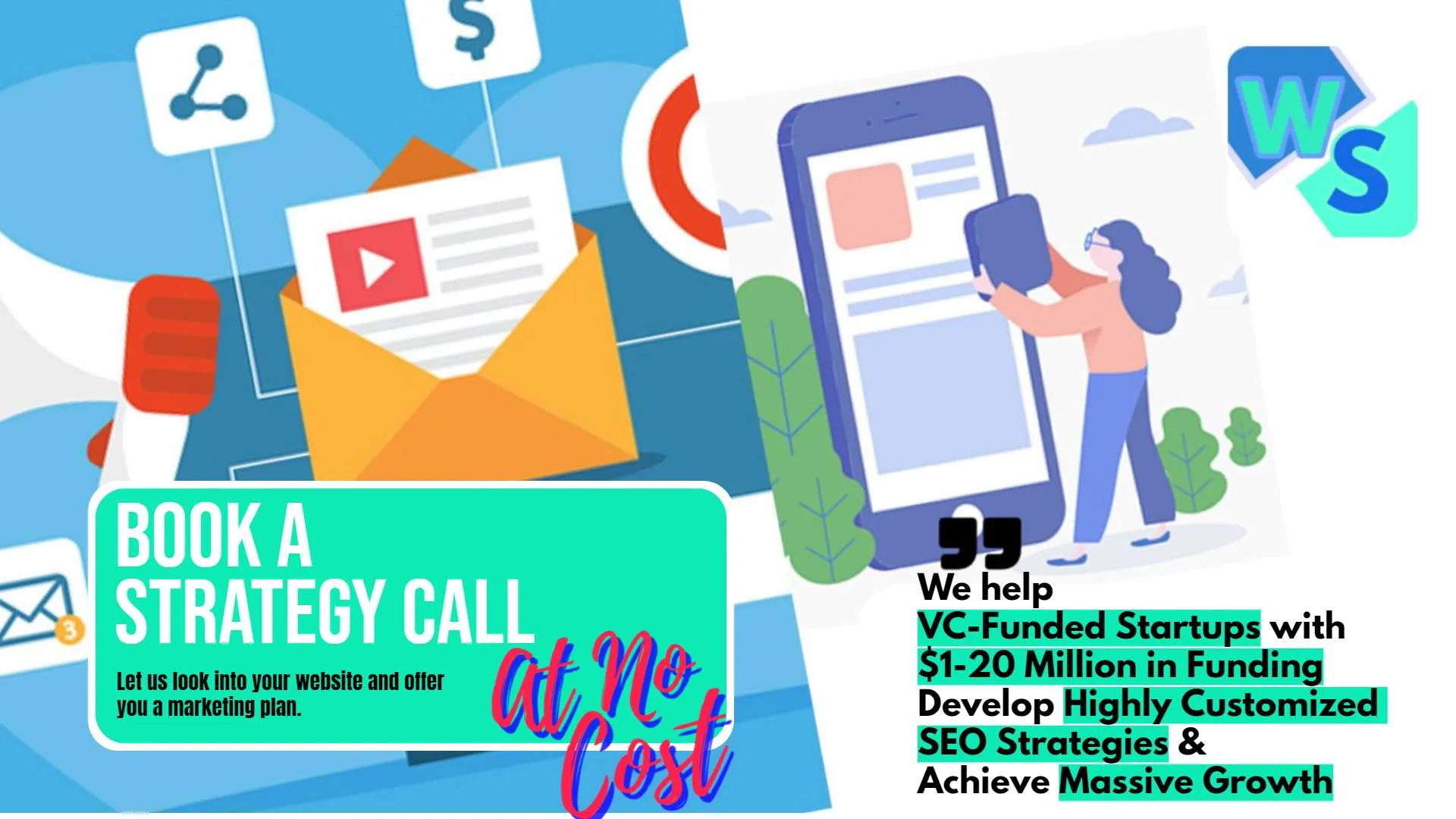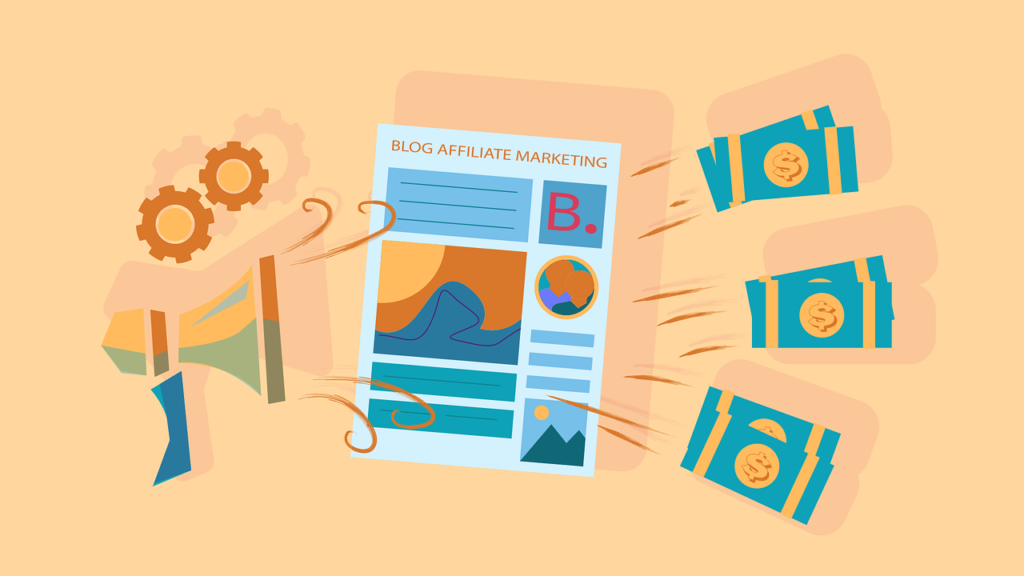Every business wants to generate leads, but not just any leads—the right ones. High-intent leads, the ones ready to take action, are the golden tickets in any sales funnel. But how do you find them without wasting time and resources chasing after prospects who aren’t interested? Enter predictive analytics.
Predictive analytics combines historical data, machine learning, and AI to identify patterns and forecast outcomes. When applied to lead generation, it helps businesses pinpoint which prospects are most likely to convert, enabling faster and smarter decision-making. Let’s explore how predictive analytics can revolutionize the way you find and engage high-intent leads.
Step 1: Understand What Predictive Analytics Can Do
Turning Data into Insight
Predictive analytics isn’t magic—it’s math and machine learning working together. It uses past behaviors, interactions, and trends to forecast future actions. In lead generation, this means analyzing data like browsing behavior, content engagement, and demographic information to predict which leads are most likely to become paying customers.
For example, if a prospect frequently visits your pricing page and downloads a case study, predictive models can assign them a higher conversion probability. Instead of treating all leads equally, you can prioritize the ones most likely to close.
By transforming raw data into actionable insights, predictive analytics takes the guesswork out of lead qualification.
Beyond Basic Metrics
Traditional lead scoring relies on fixed rules, like assigning points for email clicks or webinar attendance. While useful, it’s static and doesn’t account for changing behaviors or subtle patterns. Predictive analytics, on the other hand, adapts to evolving data and identifies correlations humans might miss.
For instance, predictive models might reveal that prospects who engage with a specific type of blog content are 30% more likely to convert, even if their email activity is low. This deeper understanding helps you focus on behaviors that truly matter.
Predictive analytics enables dynamic, data-driven decision-making that outperforms outdated scoring systems.
The Competitive Edge
Businesses leveraging predictive analytics gain a significant advantage over those relying on intuition or outdated methods. By acting on real-time insights, you can engage high-intent leads before your competitors do, speeding up your sales cycle and improving conversion rates.
For example, if your competitor is still cold-calling their entire contact list, you’re using predictive insights to call only those ready to buy. The result? Faster deals and lower acquisition costs.
Predictive analytics doesn’t just help you find leads—it positions you to win in a crowded market.
Step 2: Gather the Right Data

Start with Quality Over Quantity
Predictive analytics thrives on data, but not just any data. Feeding your model irrelevant or low-quality information will lead to inaccurate predictions. Focus on gathering clean, comprehensive datasets that reflect your target audience’s behaviors and preferences.
For example, track metrics like website visits, email engagement, content downloads, and purchase history. If you’re in B2B, include data like job titles, company size, and industry. The richer and more relevant your data, the better your predictions will be.
Think of data as the foundation of your predictive analytics strategy. Without a solid base, the entire system crumbles.
Integrate Across Platforms
Data silos are one of the biggest barriers to effective predictive analytics. If your CRM, email marketing tool, and website analytics aren’t connected, you’re missing out on a complete picture of your prospects. Integrate these platforms to create a unified dataset.
For instance, connecting your CRM with Google Analytics can reveal how specific campaigns drive lead behavior. Meanwhile, integrating email tools like HubSpot or Mailchimp allows you to track how email engagement correlates with eventual conversions.
Integrated data ensures your predictive models operate with a holistic view, making their forecasts more reliable.
Clean and Normalize Your Data
Before feeding data into a predictive model, ensure it’s clean and consistent. Duplicates, incomplete records, or outdated information can skew predictions. Use data cleaning tools or processes to remove errors, fill in missing fields, and standardize formats.
For example, if your CRM contains multiple entries for the same lead with different spellings of their name, the model might interpret them as separate entities, leading to incorrect forecasts. Cleaning and normalizing the data resolves this issue.
Clean data is the backbone of accurate predictive analytics. Without it, even the best algorithms can fail.
Step 3: Build and Train Predictive Models

Choose the Right Tools
Building predictive models used to require extensive technical expertise, but modern tools have made it accessible to businesses of all sizes. Platforms like Salesforce Einstein, Microsoft Dynamics 365, or specialized AI tools like Leadspace simplify the process.
These tools allow you to set up models with minimal coding, leveraging pre-built algorithms tailored to lead prediction. For instance, they might automatically weigh the importance of behaviors like email clicks versus webinar sign-ups, providing insights you can act on immediately.
The right tool empowers you to implement predictive analytics without needing a team of data scientists.
Train Your Model with Historical Data
To create accurate predictions, your model needs training. This involves feeding it historical data about past leads, their behaviors, and outcomes. The model analyzes this information to identify patterns and build a framework for predicting future results.
For example, if 70% of leads who converted previously downloaded two e-books and attended a webinar, the model learns to prioritize leads with similar behaviors. Over time, it refines its accuracy as more data is added.
Training your model with diverse, high-quality data ensures it identifies meaningful patterns that drive actionable insights.
Test and Refine Regularly
Predictive models aren’t set-and-forget tools—they require regular testing and refinement. Monitor their performance to ensure they’re accurately identifying high-intent leads. If results fall short, adjust variables, add new data points, or fine-tune algorithms.
For instance, if your model consistently overlooks leads engaging with video content, revisit its parameters to give more weight to that behavior. Testing and tweaking keep your models aligned with your business goals and audience trends.
A well-maintained predictive model evolves alongside your business, delivering sustained value.
Step 4: Act on Predictive Insights

Prioritize High-Intent Leads
Once your model identifies high-intent leads, the next step is prioritizing them. Share these insights with your sales team, ensuring they focus their efforts on the most promising prospects.
For example, if your model flags 50 leads as highly likely to convert, your sales team can reach out with tailored pitches, increasing the chances of closing deals quickly. Meanwhile, marketing can nurture lower-priority leads with email campaigns or educational content.
Acting on predictive insights ensures no high-potential lead falls through the cracks.
Personalize Outreach
Predictive analytics goes hand-in-hand with personalization. Use the insights gained to craft customized messages that resonate with each lead’s needs and interests.
For instance, if a lead frequently engages with content about cost-saving solutions, tailor your outreach to highlight how your product delivers value at an affordable price. Personalization not only captures attention but also builds trust, making leads more likely to convert.
Predictive insights make personalization scalable, creating meaningful connections with every lead.
Align Marketing and Sales Efforts
Predictive analytics isn’t just a sales tool—it’s a bridge between marketing and sales. Use predictive insights to align both teams around shared priorities and strategies.
For example, if the model identifies a surge in high-intent leads from a specific campaign, marketing can amplify its efforts while sales doubles down on follow-ups. This collaboration ensures both teams work in sync, maximizing the value of predictive analytics.
Aligned teams powered by data achieve better results than either could alone.

Related: Check out our free tools:

Step 5: Measure and Optimize for Long-Term Success
Track Key Metrics
Predictive analytics is only as valuable as the results it delivers. Track key metrics like lead conversion rates, time-to-close, and revenue generated from high-intent leads to measure its impact.
For example, if your predictive model improves conversion rates by 20% while reducing time-to-close by 30%, it’s clearly driving value. Conversely, if metrics stagnate, revisit your model to identify potential gaps or misalignments.
Consistently measuring performance ensures you’re maximizing the ROI of your predictive analytics strategy.
Iterate Based on Feedback
Feedback from your sales and marketing teams is invaluable for optimizing your predictive models. If they notice patterns the model misses or identify new trends, incorporate that feedback into your training data.
For instance, if sales reps report that leads engaging with product reviews convert at higher rates than expected, adjust the model to weigh that behavior more heavily. Continuous iteration keeps your predictive analytics strategy relevant and effective.
Iterating based on real-world insights ensures your models stay ahead of the curve.
Scale for Growth
As your business grows, so does your data. Leverage this growth to scale your predictive analytics efforts, expanding to new use cases like upselling, cross-selling, or customer retention.
For example, a predictive model that identifies high-intent leads can be adapted to predict which existing customers are likely to upgrade their plans. Scaling predictive analytics ensures it remains a core driver of business success.
Growth isn’t just about more leads—it’s about smarter strategies. Predictive analytics makes that possible.
Step 6: Address Common Challenges in Predictive Analytics

Ensuring Data Privacy and Compliance
One of the biggest challenges with predictive analytics is managing data privacy and regulatory compliance. With increasing scrutiny from laws like GDPR and CCPA, businesses must ensure they handle customer data responsibly and transparently.
For example, when gathering data for predictive modeling, make sure you have the necessary consent from users. Use anonymized or aggregated data where possible to minimize risks. Additionally, keep clear documentation of your data collection and processing practices in case of audits.
By building trust and prioritizing compliance, you not only protect your business but also foster stronger relationships with leads.
Overcoming Bias in Predictive Models
Predictive models are only as good as the data they’re trained on. If your data contains biases—like over-representing certain demographics—it can lead to skewed predictions and missed opportunities.
To address this, review your training data regularly for gaps or inconsistencies. For example, if your lead data disproportionately reflects a single customer type, adjust your inputs to include more diverse segments. Tools like AI fairness frameworks can also help detect and correct biases in your models.
Eliminating bias ensures your predictive insights are inclusive and representative, making them more accurate and actionable.
Gaining Team Buy-In
Introducing predictive analytics can face resistance, especially if teams are used to traditional methods. Sales reps might worry about losing autonomy, while marketing teams may question the reliability of AI-driven decisions.
To overcome this, involve your teams early in the process. Share examples of how predictive analytics has improved lead conversion in similar businesses. Provide training sessions to demystify the technology and highlight how it complements, rather than replaces, their expertise.
Building buy-in fosters collaboration and ensures your teams embrace predictive analytics as a valuable tool for success.
Step 7: Innovate with Advanced Predictive Strategies

Predict Churn and Retain Customers
Predictive analytics isn’t limited to lead conversion—it’s also a powerful tool for retention. By analyzing customer behavior, you can predict which customers are at risk of churning and take proactive measures to keep them engaged.
For instance, if a SaaS customer shows declining usage patterns or delays in renewals, your model might flag them as a churn risk. Armed with this insight, your team can reach out with personalized offers, additional support, or loyalty incentives.
Reducing churn strengthens your customer base and maximizes the lifetime value of each lead you convert.
Predict Lifetime Value (LTV)
Not all leads are equally valuable. Predictive analytics can estimate the lifetime value (LTV) of a prospect based on their behavior, demographics, and purchasing history. This allows you to focus your resources on leads with the highest long-term potential.
For example, a lead engaging heavily with premium content or high-ticket products might have a higher LTV than one showing interest in entry-level offerings. By prioritizing high-LTV leads, you can maximize ROI and make more strategic decisions about where to allocate your budget.
Understanding LTV helps you see beyond the initial conversion, focusing on sustainable growth.
Expand to Predictive Upselling and Cross-Selling
Once predictive analytics proves successful in lead conversion, extend it to upselling and cross-selling opportunities. By analyzing purchase patterns and preferences, your model can suggest complementary products or services to existing customers.
For instance, if a customer buys a laptop, predictive analytics might recommend accessories like a laptop stand or external storage. These recommendations, delivered at the right time, increase revenue without requiring additional acquisition costs.
Upselling and cross-selling ensure you extract maximum value from every customer interaction, driving profitability.
Step 8: Scale Predictive Analytics Across Your Organization

Integrate Predictive Insights into CRM
For predictive analytics to be effective at scale, integrate its insights directly into your CRM system. This allows your sales and marketing teams to access real-time predictions within the tools they already use, ensuring seamless execution.
For example, when a sales rep opens a lead record, the CRM could display a predictive score indicating conversion likelihood, along with suggested next steps. This empowers your team to act on insights without switching between platforms.
A well-integrated system aligns predictive analytics with daily workflows, driving consistent results.
Automate Decision-Making with AI
Scaling predictive analytics often involves automation. Use AI to trigger automated workflows based on predictions, such as sending personalized emails to high-intent leads or routing top prospects to senior sales reps.
For instance, if a lead’s predictive score crosses a certain threshold, the system could automatically assign them a priority tag and notify the sales team. These automated actions ensure no opportunity is missed while reducing manual effort.
Automation enables you to scale predictive analytics efficiently, maintaining its impact as your business grows.
Foster a Culture of Data-Driven Decision-Making
To maximize the value of predictive analytics, make it a cornerstone of your company culture. Encourage teams to rely on data-backed insights for decision-making, from campaign planning to sales strategies.
For example, hold regular training sessions to showcase how predictive analytics has driven success, and celebrate wins tied to data-driven actions. The more your teams see the tangible benefits, the more they’ll embrace the technology.
A culture of data-driven decision-making ensures predictive analytics remains a competitive advantage for your business.
Conclusion: Transforming Lead Conversion with Predictive Analytics
Predictive analytics is more than a buzzword—it’s a game-changing strategy for identifying high-intent leads and accelerating conversions. By leveraging historical data, dynamic models, and actionable insights, businesses can prioritize their best opportunities, personalize outreach, and scale efforts with unmatched efficiency.
The journey to implementing predictive analytics requires commitment, from gathering quality data to training models and aligning teams. But the payoff is worth it: faster sales cycles, higher ROI, and a competitive edge in an increasingly data-driven world.
Start small, measure your results, and expand as you gain confidence. Predictive analytics isn’t just a tool—it’s a pathway to smarter, more effective lead generation. Embrace it today, and watch as your business thrives in a landscape where speed and precision are everything.
READ NEXT:
- Are Vanity Metrics Killing Your Marketing Efficiency? Here’s What to Track Instead
- Pinpointing Digital Marketing ROI: Why Your Metrics Aren’t Telling the Full Story
- Unlocking Real ROI in Digital Marketing: The Hidden Costs Draining Your Budget
- How Misaligned Marketing Funnels Are Blocking Your ROI Potential
- Best Digital Marketing Agency In Santa Ana, California
- Best Digital Marketing Agency In San Francisco, California





















